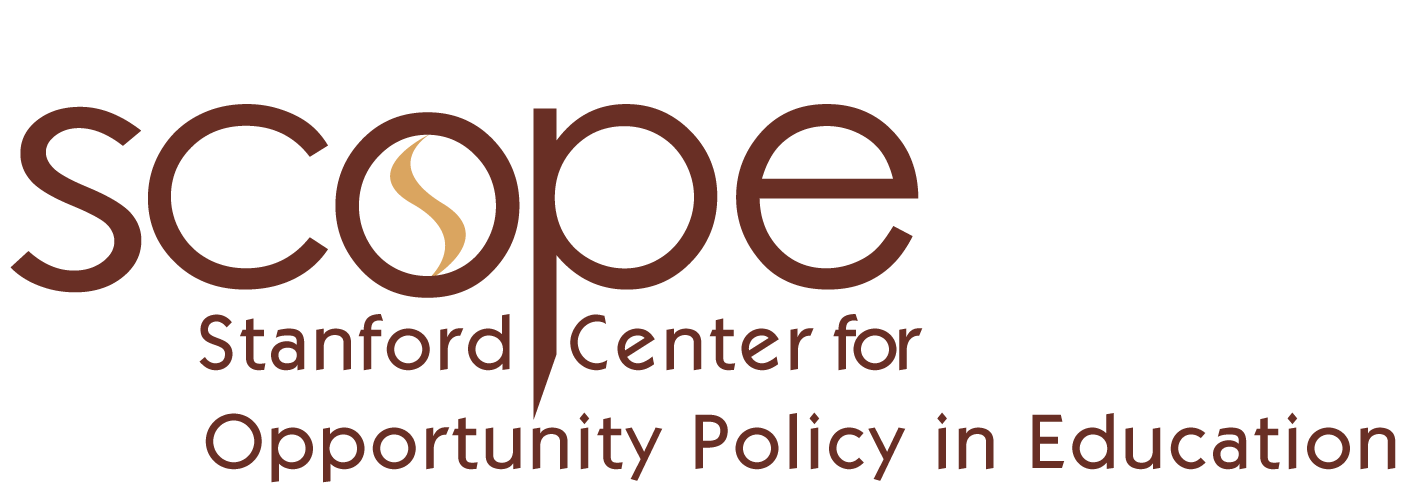WASHINGTON — Although more than 30 states are embracing the need to evaluate the nation’s elementary and secondary school students’ academic progress and achievement based on common-core standards, a similar consensus has not yet been built around a national set of standards and assessments, also based on common standards, to evaluate teacher competence and effectiveness.
But according to a report authored by Dr. Linda Darling-Hammond, an education professor at Stanford University, there is evidence that raising the bar for licensure and creating a common standard for entry into the profession can make an enormous difference in teacher effectiveness and student learning. It is a lesson that most high-achieving nations learned long ago but one with which the United States continues to struggle even though it is critical to the success of school reform efforts.
“Evaluating Teacher Effectiveness” was released during a Tuesday morning forum at the Center for American Progress, in Washington, D.C. It focuses on a group of 20 states that have begun to develop and implement standardized teacher assessments to more accurately gauge the effectiveness of novice teachers, based on the Performance Assessment for California Teachers (PACT).
The states have formed a Teacher Performance Assessment Consortium under the auspices of the American Association of Colleges and Teachers and the Council of Chief State School Officers. The goal is to create a model for a common initial licensing assessment to make preparation and licensing performance-based and predictive of teacher effectiveness. In addition, there are plans to develop an advanced version to be used for professional licensure and advanced certification.
Funded by foundations and states and some Race to the Top grant proposals, initial licensing assessments based on PACT are being test-piloted during this school year. Massachusetts, Minnesota, New York, Tennessee and Washington have already adopted the program as a licensing requirement.
According to Darling-Hammond, measuring teacher quality relies on principals observing classroom instruction and other measures that don’t distinguish excellent teachers from those in need of assistance.
" We need to crate a means for examining teaching that is related to effectiveness and develop systems that can be scored reliably, that are consistent and also powerful in shaping professional development preparation and practice,” she said.
Dr. Charles Peck, a professor of teacher and special education at the University of Washington, said he was initially skeptical about PACT during its first years of implementation when he was director of education at the University of California, Santa Barbara.
“We had a program that was widely touted as being an excellent program. Our graduates were hired quickly and we had great feedback on satisfaction surveys that most teacher-ed programs used to gauge their effectiveness, supposedly. So we thought we were pretty good — until we got the first round of PACT data on the table.” Peck said. “It was shocking to our faculty to see so visibly the discrepancy between what we thought we were teaching and what our candidates were actually able to take out and integrate into their practice and apply in the classroom.”
The faculty immediately began to collaborate to deal with the issues that the data highlighted. When Peck moved on to the University of Washington, he brought PACT with him, where he saw similar changes take place.
"It’s a “syllabus shredding moment,” he added, when the data is so evident that “if you care about your students learning, if you care about them becoming competent teachers, then you actually have to take responsibility to work at a much more intense level of collaboration, coordination and communication with your colleagues, not only across courses, but between coursework and fieldwork.” There also needs to be a substantive dialogue about concrete and practical descriptions of high-quality teaching practice, Peck said.
Thomas Prieto, a coach for the Success for All Foundation in Baltimore, has firsthand experience with PACT’s effectiveness on his practice. He holds a bachelor’s and master’s degree from the University of California, Davis. He was required to create a set of lessons focusing on a specific standard or skilled he wanted the students to achieve by the end of the lessons and videotape his performance every day.
“So we had that immediate feedback, which was so powerful because I would take that recording home and watch and say, ‘Ah, you’re not going to do that tomorrow,’ or ‘This is how you’re going to change your instruction,’” he said.
In addition, he also saw what student engagement looks like and whether they’re meeting the goals.
Peter McWalters, interim strategic initiative director for education workforce at the Council of Chief State School Officers, said states are recognizing their obligation to demonstrate accountability and effectiveness.
“But you do have to have these kinds of collaborative structures, you have to do it thoughtfully and come up with the instrumentation that actually changes practice at the individual practice level and the institutional level also,” he said, and the 20-state consortium is seeing evidence that their efforts are reliable and effective.
“If each state does this alone, we’re going to end up with 50 versions of something that is not only not very cost-effective, it doesn’t contribute to the good sense of standardization. I think states are learning that to go it alone sometimes is actually counterproductive.”

